In addition to a few projects that are making efforts to complete construction as soon as possible, there are many power source projects that are not progressing, waiting for mechanism issues to be resolved to realize the set goals and plans.
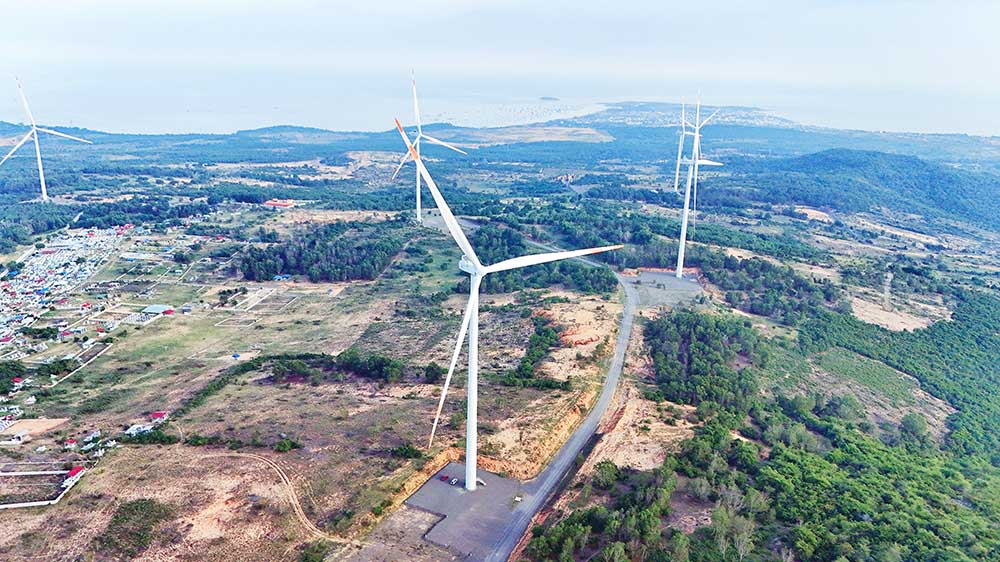 |
| New projects on gas, offshore wind and onshore wind are all moving very little. |
The national power system currently has an installed capacity of about 85,000 MW, of which 16,700 MW is solar power, 5,900 MW is wind power, and 5,688 MW is small hydropower. Because there is no accompanying battery storage system, these power sources are greatly affected by the weather, making power production unstable 24/7 throughout the year like coal, gas and large hydropower sources with annual reservoirs.
In 2021, the total system maximum load capacity (Pmax) reached 43,518 MW, in 2022 it reached 45,434 MW and in 2023 it reached 46,348 MW, meaning growth only fluctuated around 1,500 MW/year. However, entering 2024, the system Pmax reached more than 49,500 MW, an increase of about 3,000 MW compared to 2023. This growth rate is equivalent to the period before the Covid-19 pandemic.
The above reality requires new power sources to ensure the requirement of "electricity being one step ahead, creating conditions for economic development".
Sparse construction projects
360 MW is the scale of 2 units of the Ialy Hydropower Plant Expansion Project invested by Vietnam Electricity Group (EVN), with a total investment of nearly 6,400 billion VND. Started in June 2021, this project is in the final stage of construction to generate electricity from 2 units in the fourth quarter of 2024. Thus, it will take about 3 years to add 360 MW of electricity to the system.
Although the initial implementation phase was not favorable, currently, the Hoa Binh Hydropower Plant Expansion Project, also invested by EVN, with a capacity of 480 MW, is entering the peak construction phase with the goal of generating electricity by mid-2025.
Normally, it takes about 2-3 years to complete and approve the Feasibility Report and necessary legal documents for an LNG power project. Next, it takes 2-4 years to negotiate the Power Purchase Agreement (PPA) and arrange loans, depending on the capacity, experience and finance of the investor. The average construction time to put into operation a plant with a capacity of about 1,500 MW is 3.5 years.
The project started in January 2021, after being stopped for a whole year to deal with issues related to the incident and seek approval from the authorities to continue construction. To get 480 MW of new electricity to add to the system, the Hoa Binh Hydropower Expansion Project will need more than 4 years.
Started in December 2021, as planned, Quang Trach 1 Thermal Power Project (scale of 1,403 MW) will generate electricity from unit 1 in June 2026 and unit 2 in December 2026.
At first glance, the capacity of the Quang Trach 1 Thermal Power Project seems to be larger, and the construction time only takes 4 years, but after careful investigation, this project was first started in July 2011, that is, 13 years ago. However, because the old investor could not implement it, the project was handed over to EVN in October 2016 for further implementation and officially started in December 2021, after being approved by the competent authorities.
Among the power projects that are speeding up construction to reach the finish line are the Nhon Trach 3 and 4 LNG Thermal Power Plant Projects of the Vietnam Oil and Gas Group ( Petrovietnam ).
Approved for investment policy in February 2019, by March 2022, the Engineering - Procurement - Construction - Installation - Commissioning and Acceptance Contract (EPC Contract) for Nhon Trach 3 and 4 Projects was signed with the goal of Nhon Trach 3 Power Plant officially generating commercial electricity in November 2024 and Nhon Trach 4 Power Plant officially generating commercial electricity in May 2025.
Apart from the above mentioned power projects under construction, there are currently no power projects with significant capacity under construction to soon add new power sources to the system.
Removing mechanisms to speed up clean power projects
According to the Power Plan VIII, the total capacity of gas-fired power plant projects invested in, constructed and put into operation by 2030 is 30,424 MW (23 projects). Of which, the total capacity of gas-fired power plants using domestically exploited gas is 7,900 MW (10 projects), the total capacity of gas-fired power plants using LNG is 22,524 MW (13 projects).
According to information from the Department of Electricity and Renewable Energy (Ministry of Industry and Trade), apart from the Nhon Trach 3 and 4 Gas Power Projects, most gas power projects in the investment preparation process have not made much progress.
Due to the time-consuming procedures, there are not many gas-fired power projects that can be put into operation before 2030, including O Mon Power Center, Nhon Trach 3 and 4 Power Plants, and Hiep Phuoc Power Plant, with a total capacity of about 6,000 MW.
The remaining projects can only be put into operation by 2030 with the condition that the Power Purchase Agreement (PPA) is negotiated and loan capital is arranged before 2027.
The main reason why these LNG power projects have not yet made a breakthrough is that private investors have not yet clearly seen the effectiveness they bring to boldly invest, with the current and draft mechanisms.
Not only gas power projects, new projects on offshore wind power and onshore wind power are also moving little. The pilot research project on offshore wind power development to serve domestic electricity demand that the Ministry of Industry and Trade launched in July 2024 shows that from now until 2030, no MW from this power source will be added to the system.
Many experts believe that the investment cost for offshore wind power is large, about 2.5 - 3 billion USD/1,000 MW, the implementation time is 6 - 8 years from the beginning of the survey. Currently, Vietnam has not yet had any offshore wind power projects granted investment policies and assigned to investors for implementation.
Besides, Vietnam does not have a complete and accurate database on wind speed surveys and wind potential in each region, each locality as well as the whole country and the current status of terrain and seabed depth.
According to EVN, the electricity price of offshore wind power plants is quite high, about 11-13 US cents/kWh. In addition, because there are no offshore wind power projects, it is unclear what investors' requirements are regarding output commitments, PPAs, foreign currency conversion and related financial issues.
Since there is no offshore wind power project in Vietnam, it is not possible to fully evaluate the system of norms, construction unit prices, surveys, and designs related to this project. Therefore, it is necessary to review and develop and promulgate according to regulations.
In particular, due to the fact that there are too many issues in implementing offshore wind power projects that have not yet been specified in policies and mechanisms, the Ministry of Industry and Trade believes that the selection of international investors to implement pilot projects may have many unforeseen difficulties and complications and proposes to assign large state-owned enterprises in the energy sector to carry out the pilot projects.
Nearly two months after the Ministry of Industry and Trade reported on the offshore wind power situation as above, Equinor – the giant energy corporation controlled by the Norwegian State – has canceled its investment plan in Vietnam's offshore wind power sector and will close its office in Hanoi, even though it was just opened in May 2022.
Previously, at the end of 2023, Orsted - a company with a controlling stake in the Danish Government - also decided to stop playing in Vietnam to pursue other plans. At that time, Orsted said that the mechanism for selecting investors as well as the mechanism for selling electricity would be direct commercial negotiations based on ceiling prices, or competitive bidding on prices, or buying and selling at fixed prices, which was unclear, causing certain concerns, because it was difficult to forecast a stable source of revenue from the project.
Not only LNG power projects, offshore wind power projects face challenges that are yet to be resolved, onshore wind power projects and solar power projects are also moving slowly. The main reason is that current policies are unclear, or not attractive to private investors.
To achieve the current total system capacity of 85,000 MW, the electricity industry has gone through 70 years of construction and development. Therefore, the target of increasing capacity to 150,489 MW by 2030, which is nearly double the current level in the next 6 years, without attractive and breakthrough policies, it will be difficult to realize the set goals and plans.




![[Photo] Prime Minister Pham Minh Chinh launched a peak emulation campaign to achieve achievements in celebration of the 14th National Party Congress](https://vphoto.vietnam.vn/thumb/1200x675/vietnam/resource/IMAGE/2025/10/5/8869ec5cdbc740f58fbf2ae73f065076)



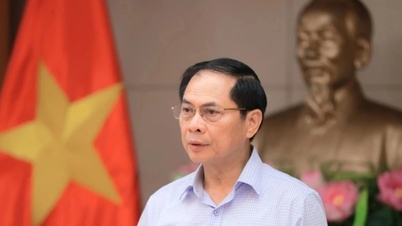



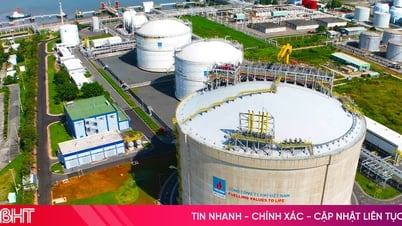



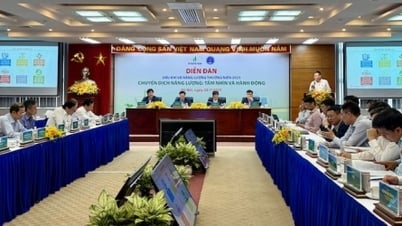
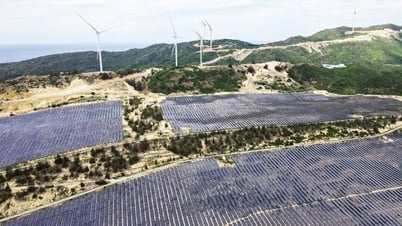
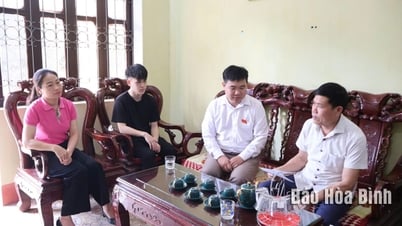

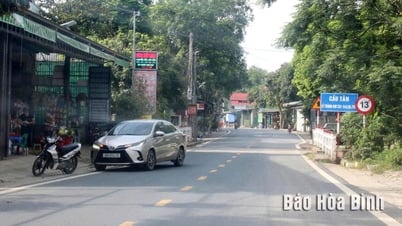

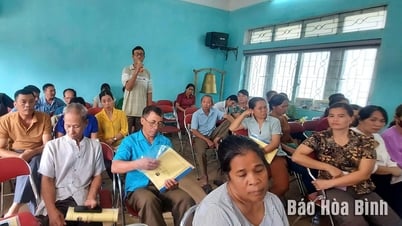

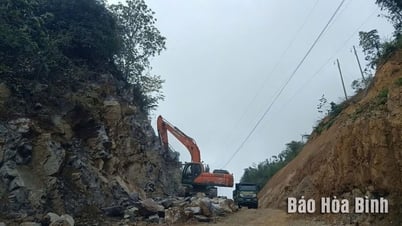




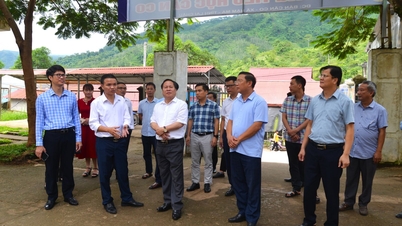
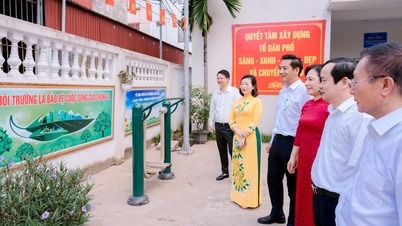
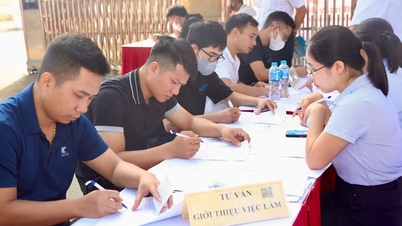

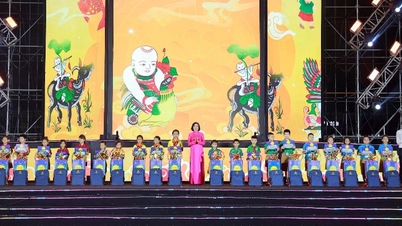


![[Photo] Bustling Mid-Autumn Festival at the Museum of Ethnology](https://vphoto.vietnam.vn/thumb/1200x675/vietnam/resource/IMAGE/2025/10/4/da8d5927734d4ca58e3eced14bc435a3)























![[VIDEO] Summary of Petrovietnam's 50th Anniversary Ceremony](https://vphoto.vietnam.vn/thumb/402x226/vietnam/resource/IMAGE/2025/10/4/abe133bdb8114793a16d4fe3e5bd0f12)

![[VIDEO] GENERAL SECRETARY TO LAM AWARDS PETROVIETNAM 8 GOLDEN WORDS: "PIONEER - EXCELLENT - SUSTAINABLE - GLOBAL"](https://vphoto.vietnam.vn/thumb/402x226/vietnam/resource/IMAGE/2025/7/23/c2fdb48863e846cfa9fb8e6ea9cf44e7)














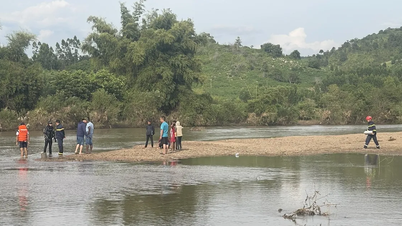


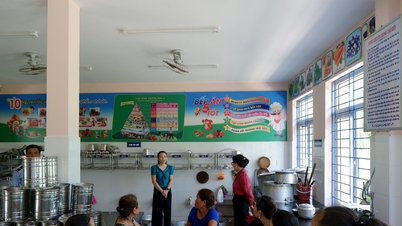


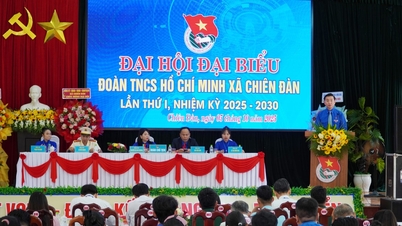













Comment (0)